A BAL (Bushfire Attack Level) is an assessment that measures the potential exposure of a building to bushfire threat, either by ember attack, radiant heat, or direct flame contact. Each BAL rating is based on heat flux exposure thresholds and is expressed in kilowatts/m².
Each BAL rating prescribes a level of construction designed to improve the performance of a building if subjected to bushfire attack. Each BAL rating is explained further below.

BAL ratings:
A site assessment is conducted to determine the construction requirements for your building/site, from this, a BAL rating is calculated. There are six possible BAL ratings, which are explained in the Australian Standard - Construction of buildings in bushfire-prone areas (AS3959).
- BAL-LOW: While there may be some risk, it is not significant enough to warrant bushfire construction requirements.
- BAL-12.5: Ember attack is likely, heat flux exposure of up to 12.5kW/m².
- BAL-19: Ember attack and likely subsequent exposure to burning debris as well as some radiant heat, heat flux exposure of up to 19kW/m².
- BAL-29: Increased risk of risk of ember attack, subsequent exposure to burning debris and increased risk to radiant heat, heat flux exposure of up to 29kW/m².
- BAL-40: Much higher risk of ember attack, subsequent exposure to burning debris and a high level of radiant heat likely, likelihood of flame contact, heat flux exposure of up to 40 kW/m².
- BAL-FZ: Extremely high risk of ember attack, subsequent exposure to burning debris and an extreme level of radiant heat as well as direct flame contact, heat flux exposure is in excess of 40 kW/m².
